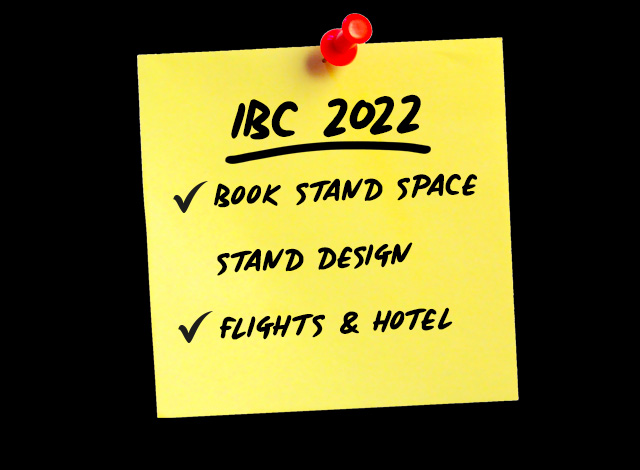
Strategies to Value
How easy is it for large, broad scope projects to deliver actual business value?
It’s a fact that our industry is littered with quietly, and not so quietly, abandoned big technology projects. Trade shows and networking events are frequently awash with talk of delays, cancellations and scope contractions for contracts that once grabbed the headlines. This begs the question: Has the industry lost sight of the importance of value? And how long is too long to wait for your technology initiatives to deliver tangible value to your organisation?
Here at Blue Lucy we are used to implementing integration projects at scale, and although we have some battle scars to prove it, we’ve learned a thing or two about delivering value along the way. We’ve put together 6 key strategies to mitigate the risks associated with large projects, and the first one is all about scope:
- Don’t boil, slice:
No, it’s not a cooking tip. It’s a technology and delivery approach that combines to allow projects to be implemented on the basis of the horizonal or vertical operational slice model. Here the supplier and management team work together to prove an end-to-end, or top-to-bottom operational capability that delivers value quickly. The project then continues on this operational slicing model with the next capability . The hackneyed phase “don’t boil the ocean” is overused, but it fits here. We believe it’s incremental slicing that delivers.
When it comes to technology fundamentals, there is a stand-out model which has proven to be revolutionary in terms of faster development times, ease of deployment and ongoing business agility:
- No-Code / Low-Code Development:
You want to trial and test new operational pipelines and workflows, but you don’t want to wrestle with scripts or build a software development operation (Dev’ Op’). You know there’s risk in developing and maintaining any software, even apparently simple scripts. You need to keep an eye on what’s right for the business and that includes reducing future liability. Working with no-code technology, your business analysts can build complex operational pipelines from a range of microservices without requiring any software development knowledge. It’s simple, it’s fast, its adaptable, and proven.
We’re in the midst of a media consumption revolution, and it’s key for media companies to exploit this effectively and quickly. Hoping that significant technology decisions will pay dividends when a major project completes two years hence is not a strategy, it’s a gamble. The project needs to be seen to be delivering as it unfolds:
- Iterative Implementation:
Iterative Implementations demonstrate earned value, and this approach delivers feedback at every stage of the project, including visibility of the effects of modifications, and the opportunity to refocus when things change, or go wrong. Your operational business needs are many, complex and evolving. So choose a technology and vendor that enables a collaborative step-by-step approach. This in turn realises business value for you incrementally and at speed.
When you have to manage business requirements from multiple stakeholders your technology choices become crucial:
- Future-Ready Tech:
Dig into the design philosophy of your technology candidates. Do they enable your vendors to deliver, evolve and support a solution that will keep delivering value to your business over the long term? Making the right choices at this stage of your project will empower you to tackle new business challenges and integrate with emerging technologies, ensuring long-term success for your business and a technical solution that stays relevant.
To be far reaching and impactful, your project doesn’t have to incur pointless expense deploying all new solutions or to start from a ‘clean slate’. Why eradicate successful workflows, or replace fully operational solutions that are still delivering great value?:
- Integrate, don’t deprecate:
A modern, flexible platform will allow a media technology operation to be updated like Trigger’s Broom or, for the well-read, The Ship of Theseus. If you select a solution with hundreds of integration connectors for modern and legacy media platforms, you can keep the cost and disruption of implementations and iterations to a minimum. The overall operation can be continuously updated with minimal impact and cost risk.
The days are over when the executive would sponsor a big-bang multi-year project for which the ROI was years in the future. So, how do you effect change? Prioritise value, focus on relieving operational pains or making business gains, and work with a team that is as focussed on the value outcomes as you are. For our final point, it’s all about focussing on what counts:
- Focus on the Value:
In complex integration projects, it’s the project team that makes the difference between ‘good enough’ and ‘exceptional’. Great technology choices turn into outstanding deployments when the engineers are focused on getting you results, right from the start of the implementation. Work with a vendor who is focused on the difference their software can make to your operation. With joint focus, a shared vision, and a proactive approach, you’ll be able to derive value right from the outset.
In summary, here at Blue Lucy Towers we firmly believe that it should not be necessary to have to write any software to get value from a content management / supply platform, and that any such platform absolutely should be able to deliver end-to-end business value in less than six weeks. Try iterative strategies, move away from a waterfall approach, and focus on value. If you don’t, the outcome might be a solution that simply fixes yesterday’s problems, but not until tomorrow.






